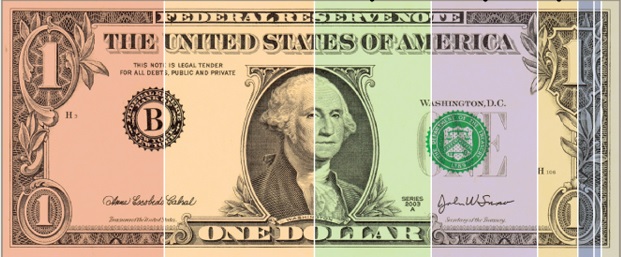Tax Day is the day on which individual income tax returns are due to the federal government.
When the country was in its infancy, it struggled to raise funds from the 13 original states. The government collected the first income tax during the Civil War (1862 – 1872) to fund the war and its costs. Early taxes were based on assessments, not voluntary tax returns. They set a flat rate of 3 percent on incomes higher than $800. Over the next four years, Congress expanded the tax as members cut the amount of income that could be exempted and introduced higher, graduated rates. By 1865, the last year of the Civil War, the highest income tax rate, 10 percent, was applied to income in excess of $5,000. Congress, eager to reduce the tax burden, began raising the tax’s income exemption level and lowering the rate. By 1870, the exemption level had been increased to $2,000 and the rate reduced to 2.5 percent. President Grover Cleveland tried to restart yearly income taxes in 1894, but the Supreme Court ruled it unconstitutional. For supporters of the income tax, that meant amending the Constitution, which the government finally did in 1913 with the 16th Amendment. From that point on, Congress could legally collect taxes on incomes. The Bureau of Internal Revenue created Form 1040 to file and pay personal income tax, which was 1 percent for income under $3,000 ($4,000 for married joint filers) and up to 6 percent for the wealthiest Americans during the first years of tax collection. Today, the tax rate ranges anywhere from 10% to 39.6%.
Originally, Congress chose March 1 as the deadline for filing returns. Since 1955, for those living in the United States, Tax Day has typically fallen on April 15, unlesss another Holiday falls on this day, and it's extended. This delay was caused by the increasing refunds that had to be issued to the middle class, and "Pushing the deadline back gives the government more time to hold on to the money," says Ed McCaffery, a University of Southern California law professor and tax guru. Today, the average federal tax refund is $3539.00 and most Americans will receive their refunds within 21 days of filing. This year, the deadline is April 18th, 2022.
Many people are curious about where tax dollars go.
Click on the dollar bill below to get a more detailed explanation.

Not filing or paying your taxes on time can have serious ramifications! Here are 8 things to consider:
- If you do not file by the deadline, you might face a failure-to-file penalty. If you do not pay by the due date, you could face a failure-to-pay penalty.
- The failure-to-file penalty is generally more than the failure-to-pay penalty. So if you cannot pay all the taxes you owe, you should still file your tax return on time and pay as much as you can, then explore other payment options. The IRS will work with you.
- The penalty for filing late is usually 5 percent of the unpaid taxes for each month or part of a month that a return is late. This penalty will not exceed 25 percent of your unpaid taxes.
- If you file your return more than 60 days after the due date or extended due date, the minimum penalty is the smaller of $135 or 100 percent of the unpaid tax.
- If you do not pay your taxes by the due date, you will generally have to pay a failure-to-pay penalty of ½ of 1 percent of your unpaid taxes for each month or part of a month after the due date that the taxes are not paid. This penalty can be as much as 25 percent of your unpaid taxes.
- If you request an extension of time to file by the tax deadline and you paid at least 90 percent of your actual tax liability by the original due date, you will not face a failure-to-pay penalty if the remaining balance is paid by the extended due date.
- If both the failure-to-file penalty and the failure-to-pay penalty apply in any month, the 5 percent failure-to-file penalty is reduced by the failure-to-pay penalty. However, if you file your return more than 60 days after the due date or extended due date, the minimum penalty is the smaller of $135 or 100 percent of the unpaid tax.
- You will not have to pay a failure-to-file or failure-to-pay penalty if you can show that you failed to file or pay on time because of reasonable cause and not because of willful neglect.
Taxes can be taxing- however having an understanding of the origination of federal taxes, how much people pay, how refunds are returned as well as the consequences for slow or no payments, can take a bit of the stress out of the tax season! (Hopefully, you have filed your taxes or your extension by now.)

